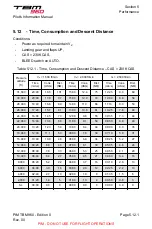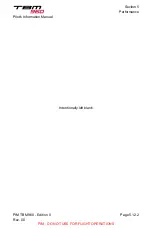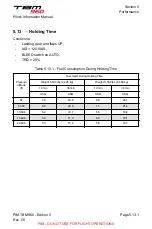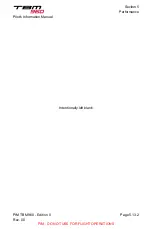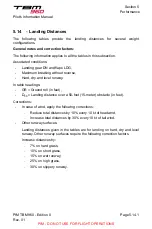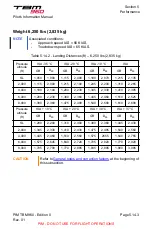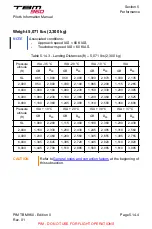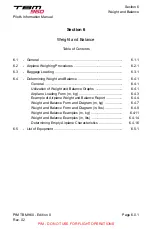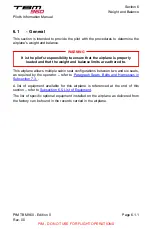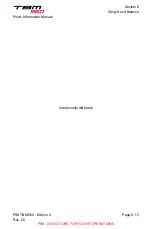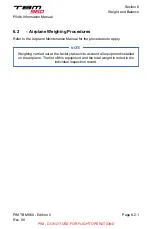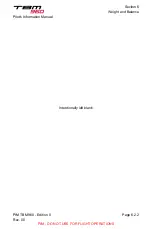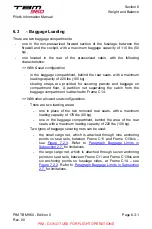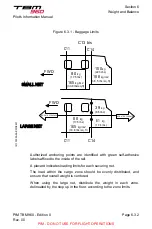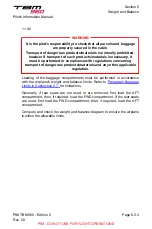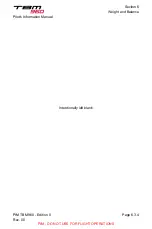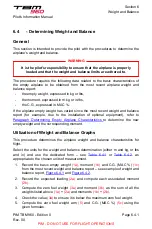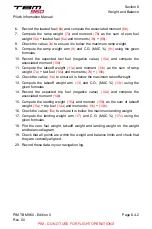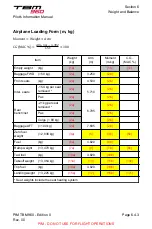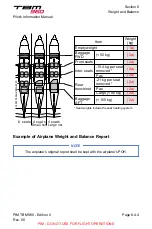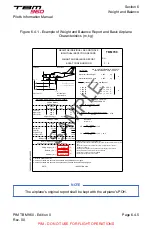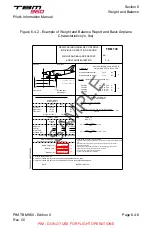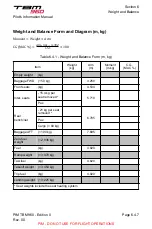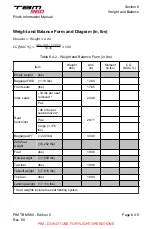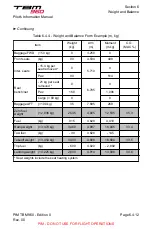
6.3 - Baggage Loading
There are two baggage compartments:
-
one in the non-pressurized forward section of the fuselage, between the
firewall and the cockpit, with a maximum baggage capacity of 110 lbs (50
kg),
-
one located in the rear of the pressurized cabin, with the following
characteristics:
>> With 6-seat configuration
.
in the baggage compartment, behind the rear seats, with a maximum
loading capacity of 220 lbs (100 kg).
.
stowing straps are provided for securing parcels and baggage on
compartment floor. A partition net separating the cabin from the
baggage compartment is attached to Frame C14.
>> With other allowed seat configurations
.
There are two loading areas:
-
one in place of the two removed rear seats, with a maximum
loading capacity of 176 lbs (80 kg),
-
one in the baggage compartment, behind the area of the rear
seats, with a maximum loading capacity of 220 lbs (100 kg).
.
Two types of baggage securing nets can be used:
-
the small cargo net, which is attached through nine anchoring
points on seat rails, between Frame C11 and Frame C13bis –
see
. Refer to
-
the large cargo net, which is attached through seven anchoring
points on seat rails, between Frame C11 and Frame C13bis and
six anchoring points on fuselage sides, at Frame C14 – see
. Refer to
Paragraph Baggage Limits in Subsection
for limitations.
Section 6
Weight and Balance
Pilot's Information Manual
PIM TBM 960 - Edition 0
Rev. 00
Page 6.3.1
PIM - DO NOT USE FOR FLIGHT OPERATIONS

